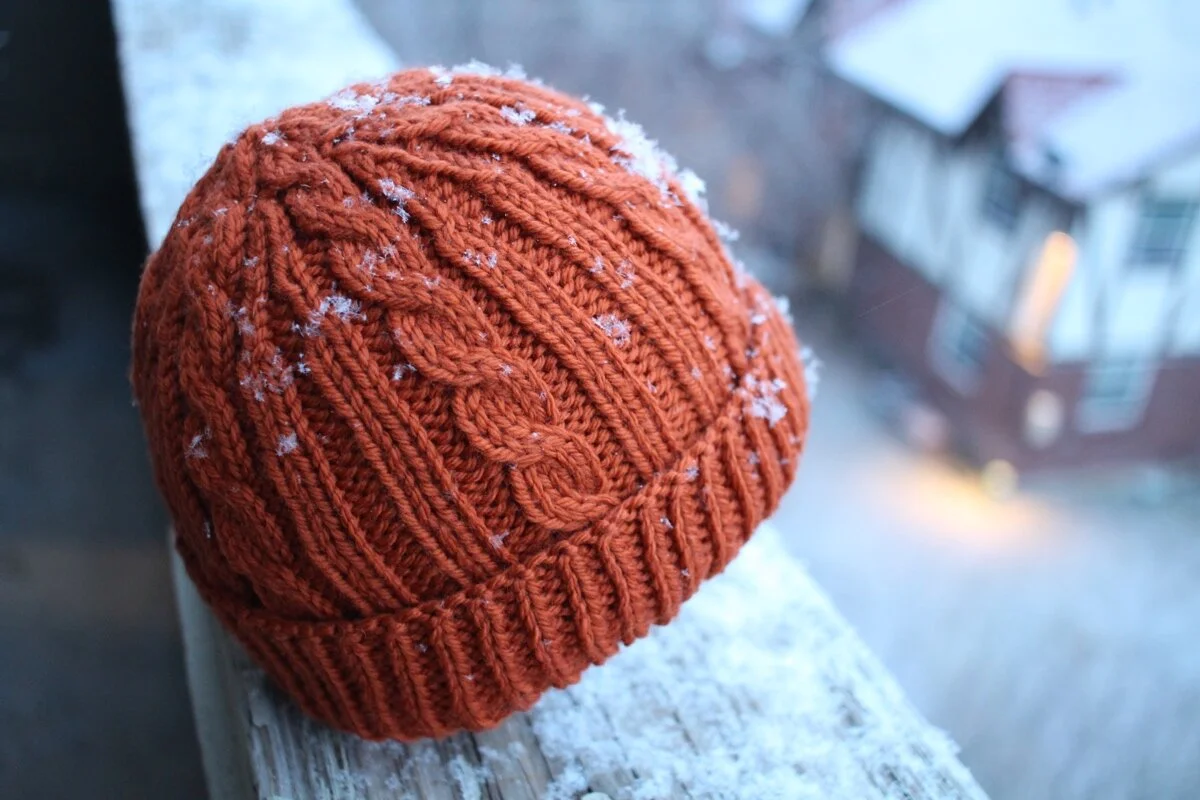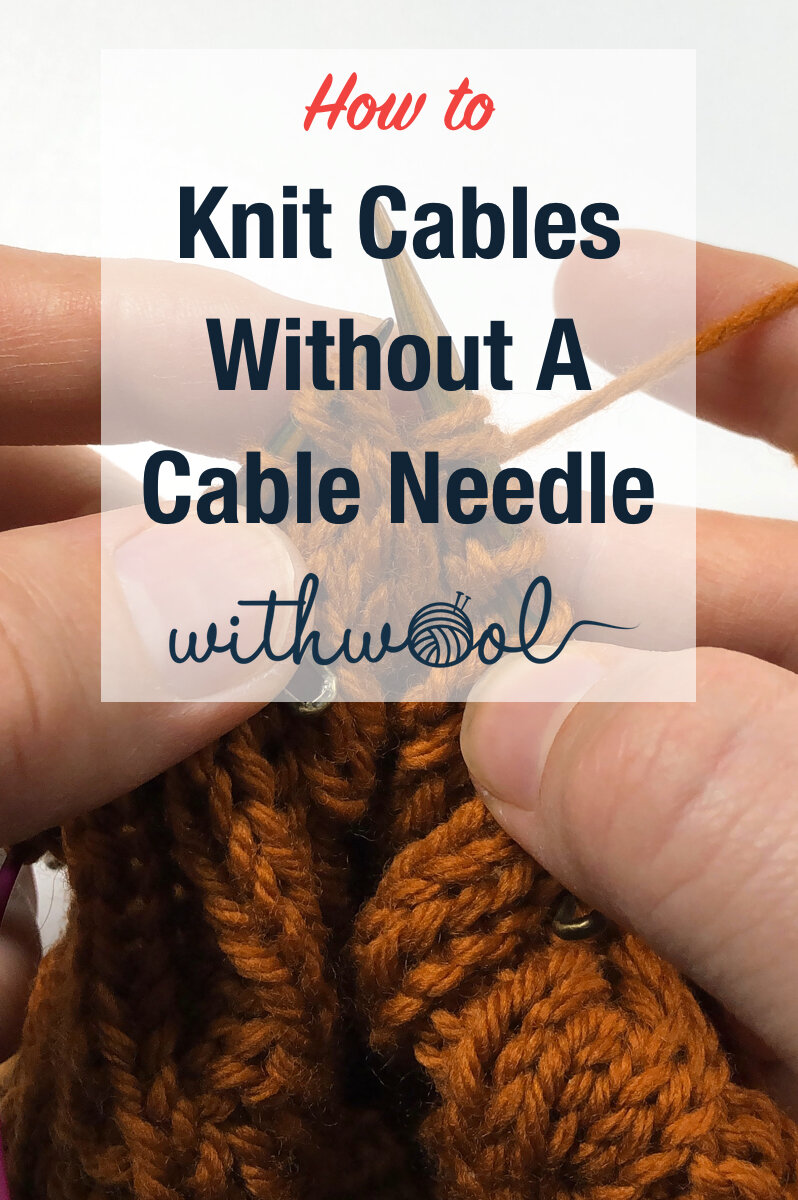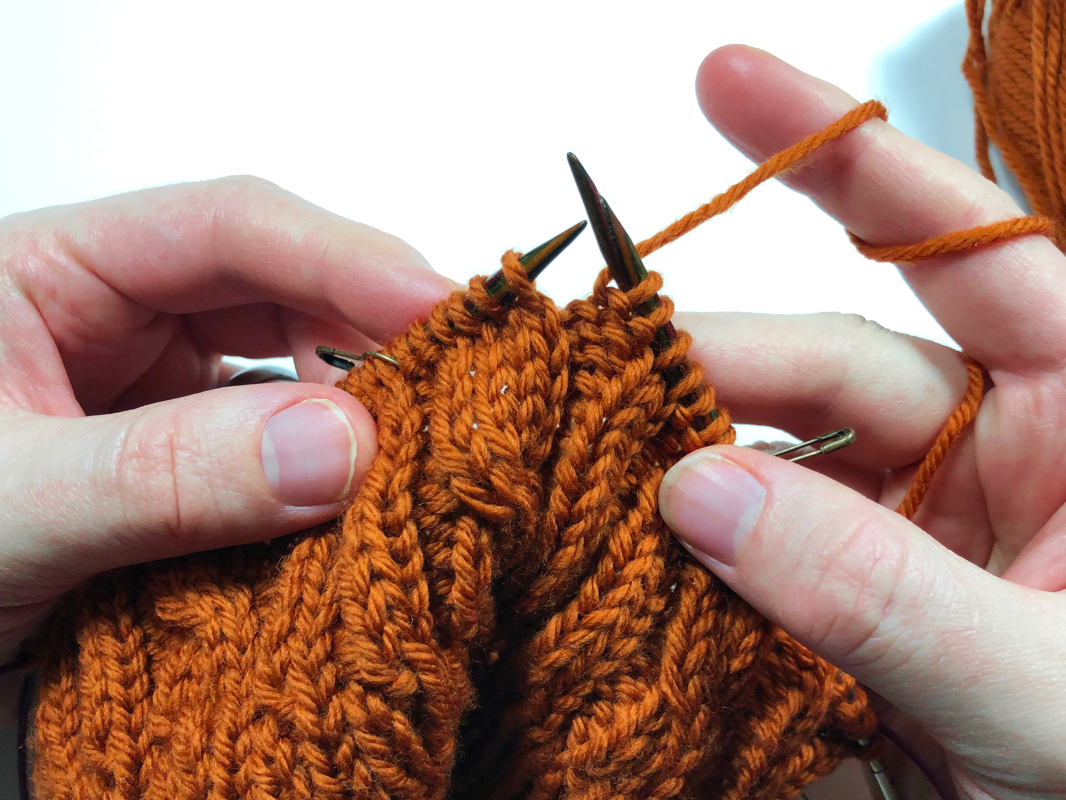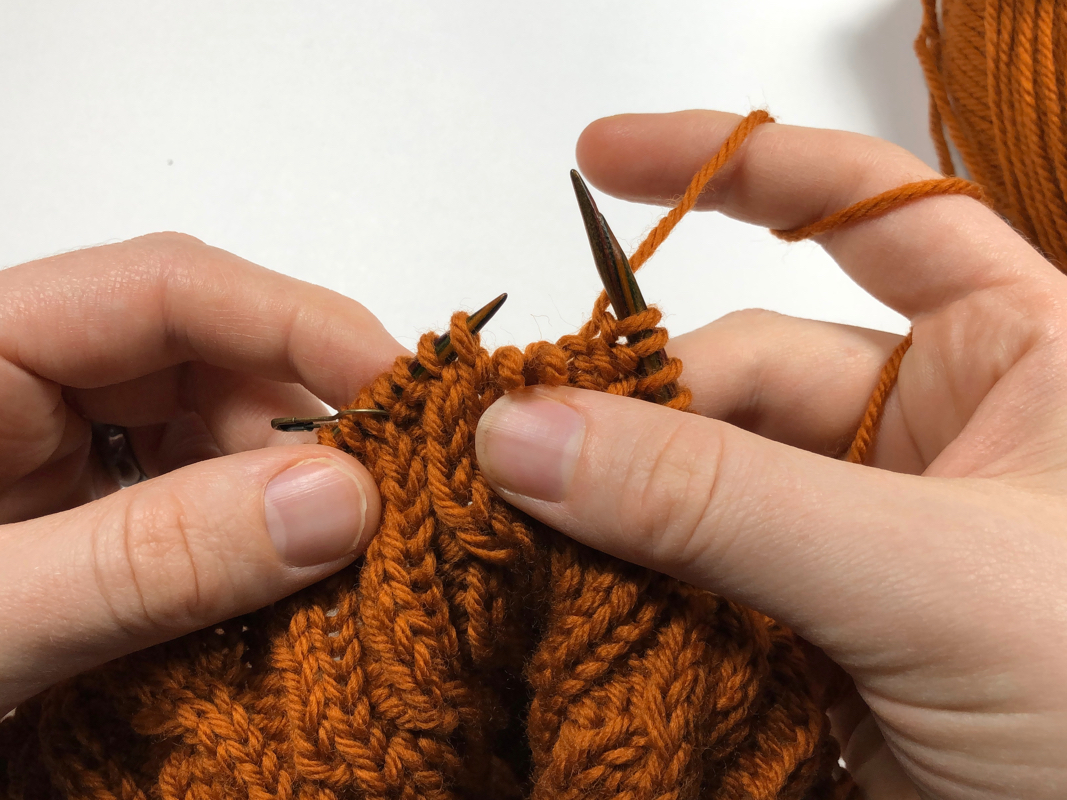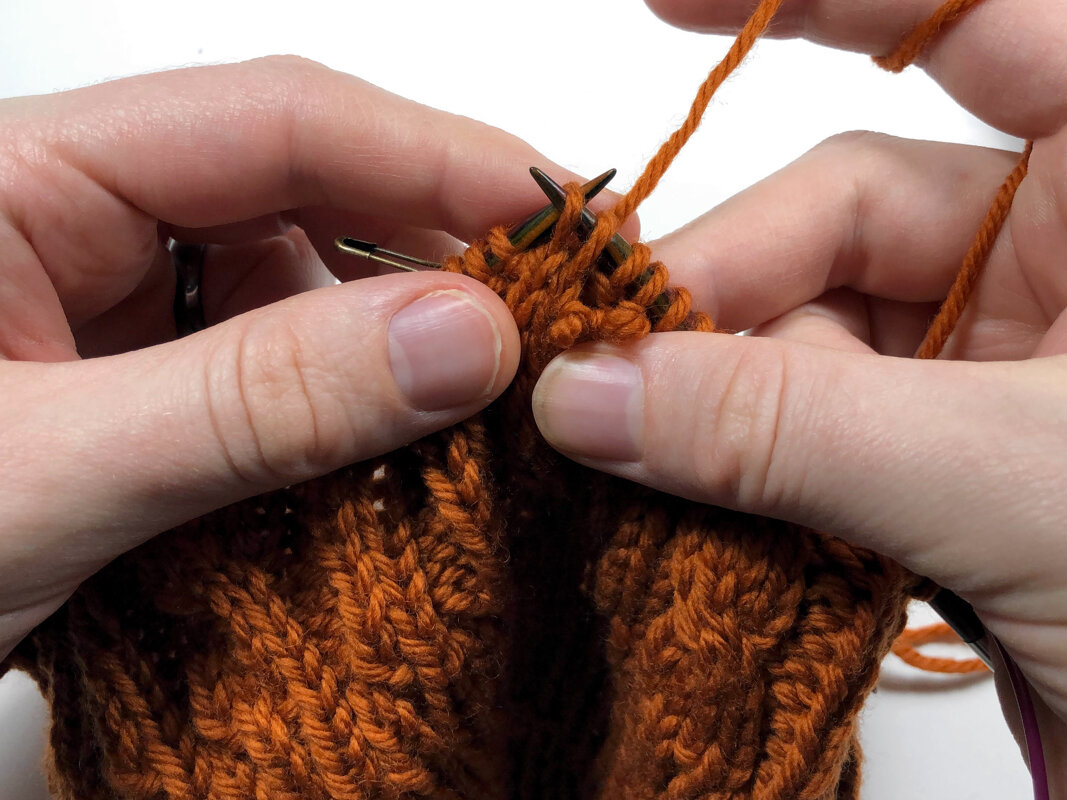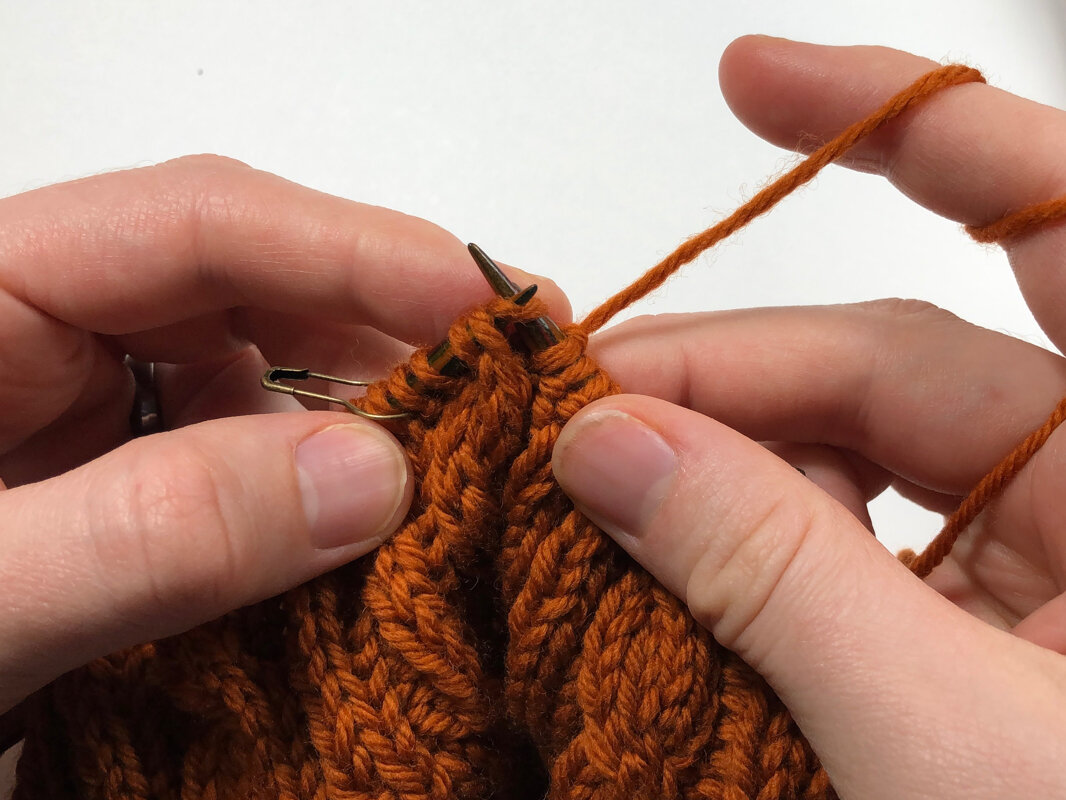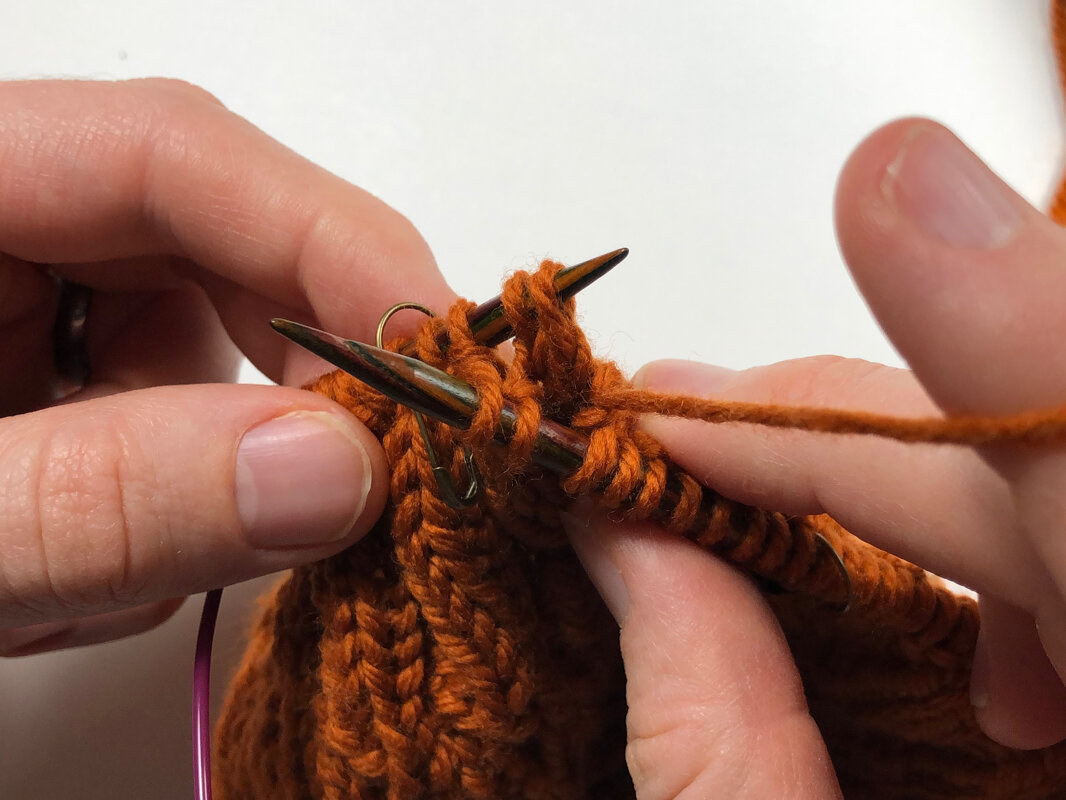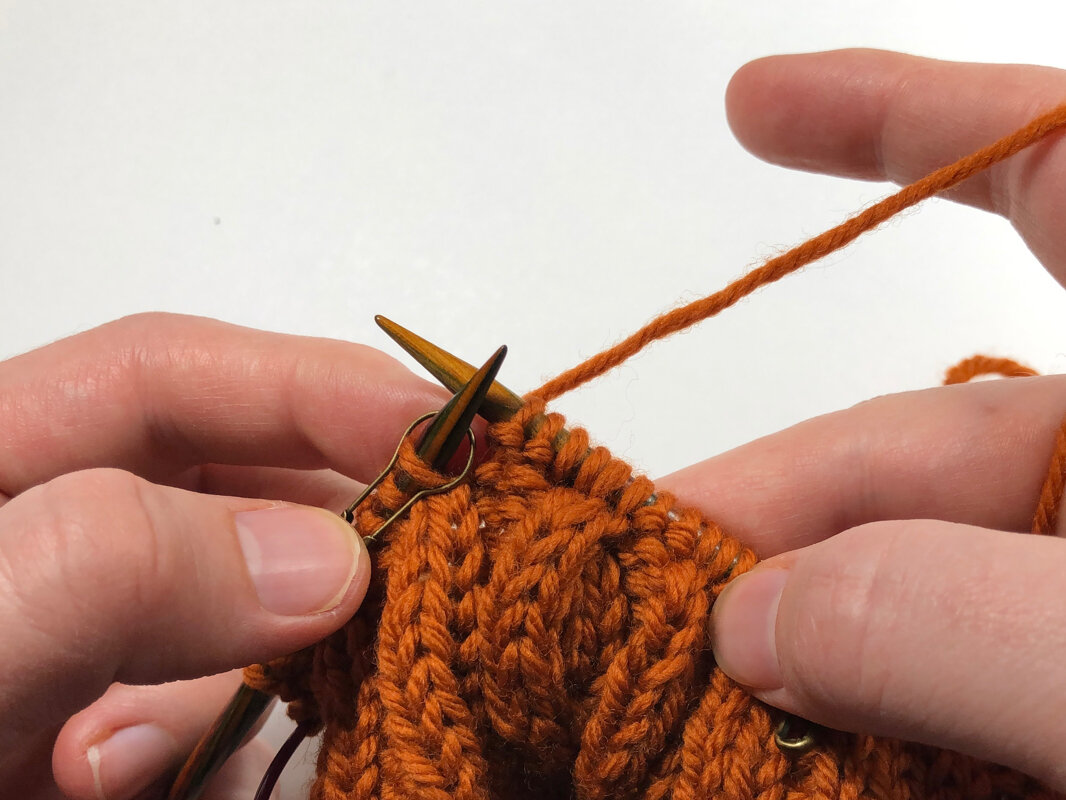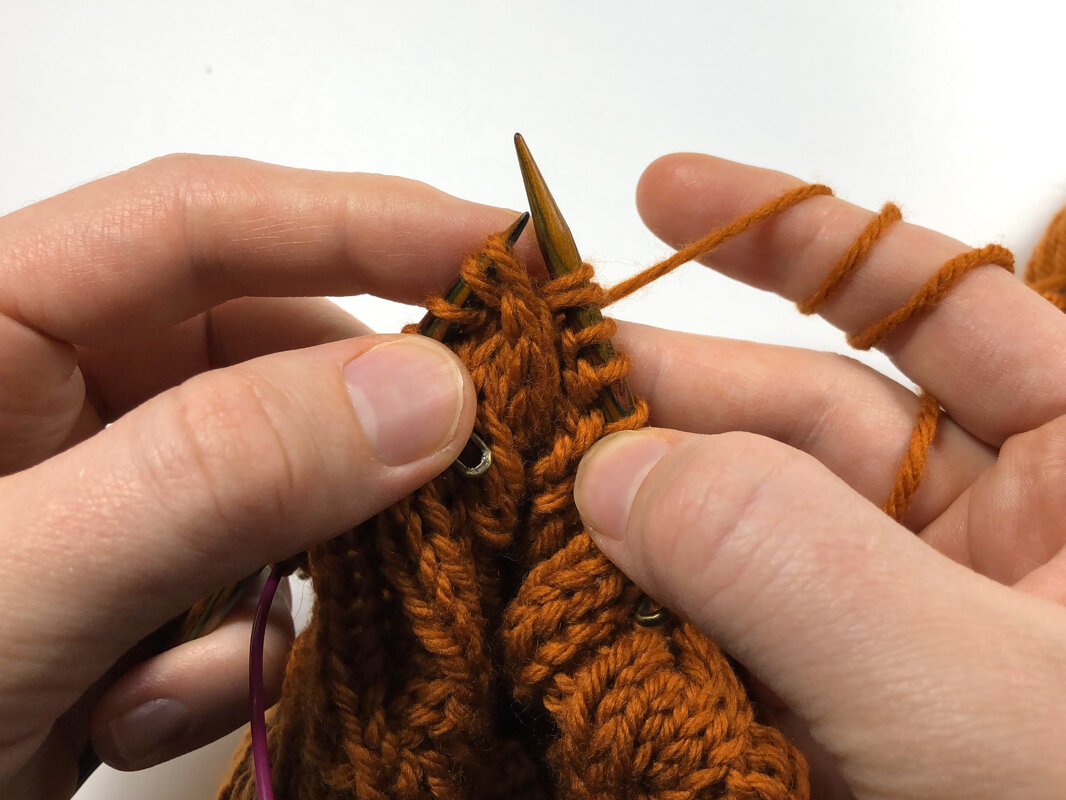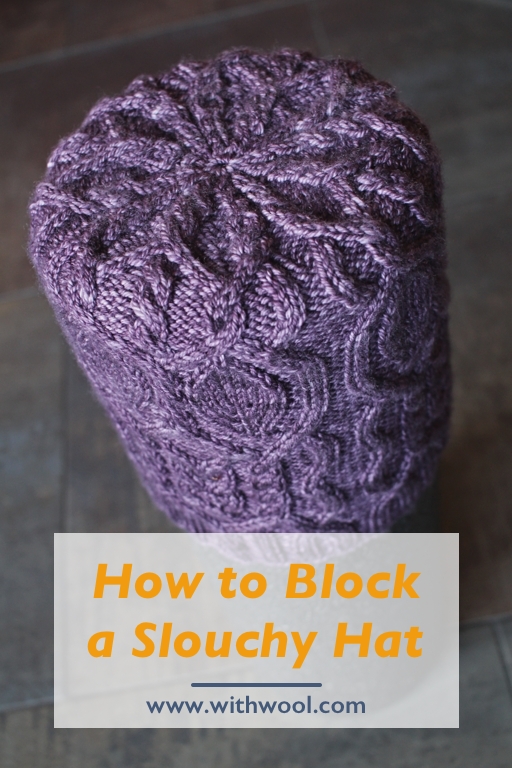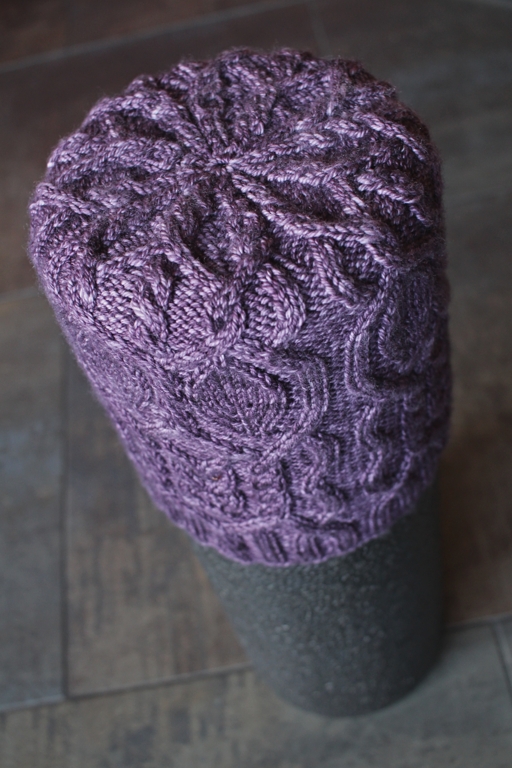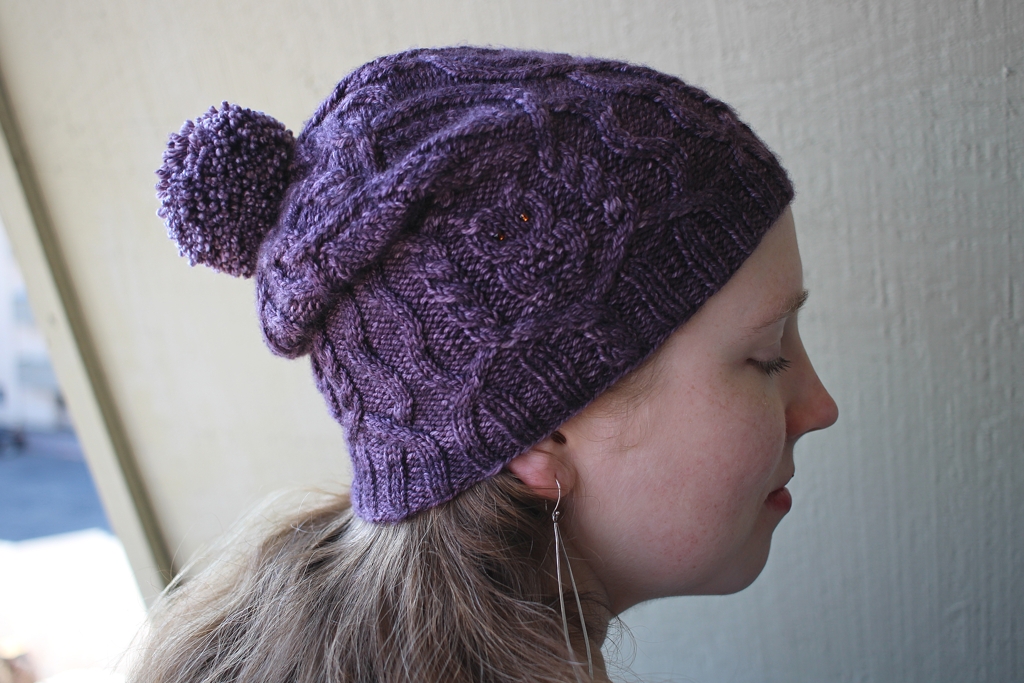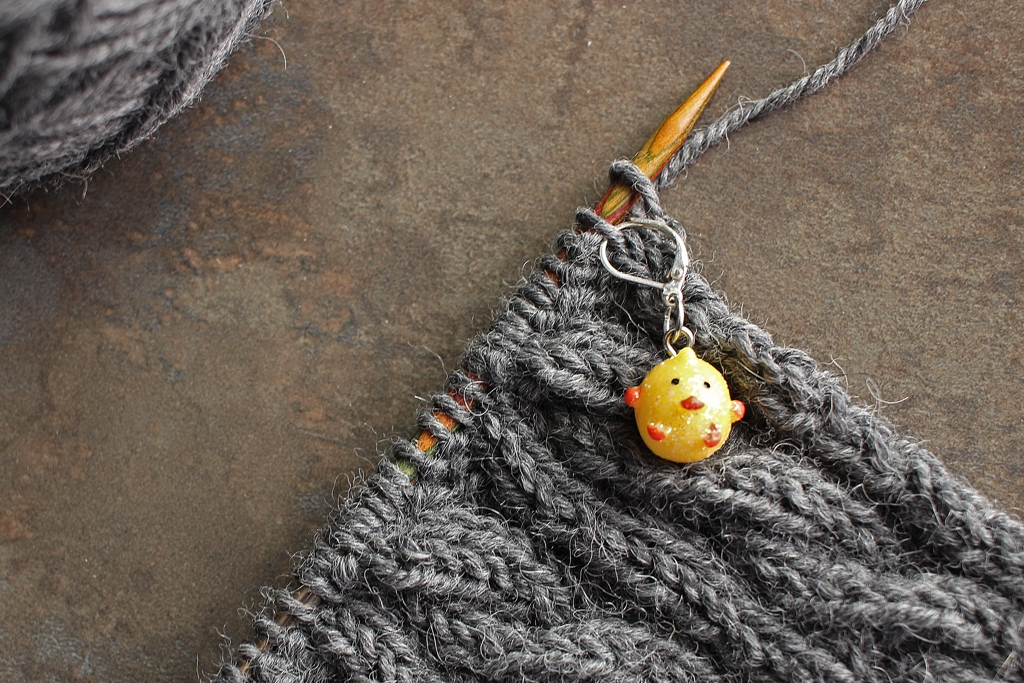A Sock Restart
/This is the beginning of a beautiful sock. It’s a combination of a good yarn, good cables, and good color. But...it’s too small. All those cable twists (sometimes six a round) really sucked up all the give and stretch usually present in knit fabric.
So, this sock is yarn again and has the potential to be a beautiful sock that actually fits.
Was it frustrating to rip out 20+ rows of a plaited cable knit with fingering weight yarn? Most definitely, but totally worth it to have a comfortable sock that gets worn instead of stuffed in the back of a drawer. Now that I’m starting over, I have a better idea of how I can add ribbing and extra stitches for a better fit. And having a little extra time to figure out how to work around a stiff cable that sucks up stitches doesn’t hurt either. Here’s hoping 80 stitches will be enough this time around.



